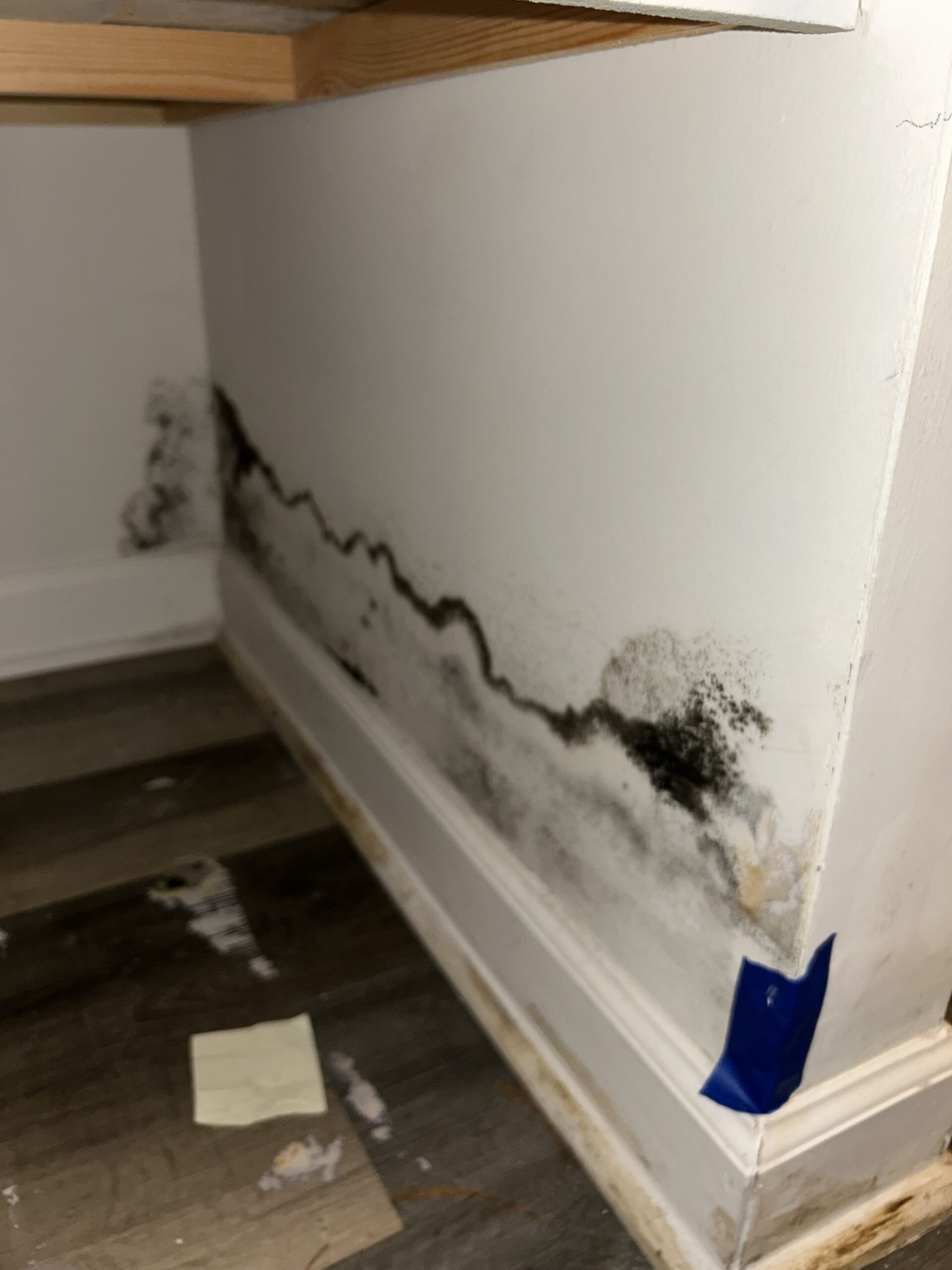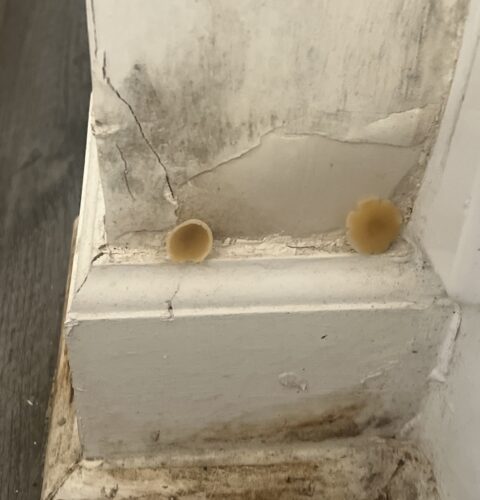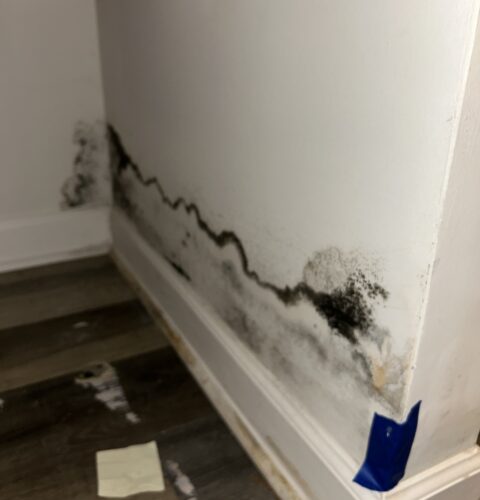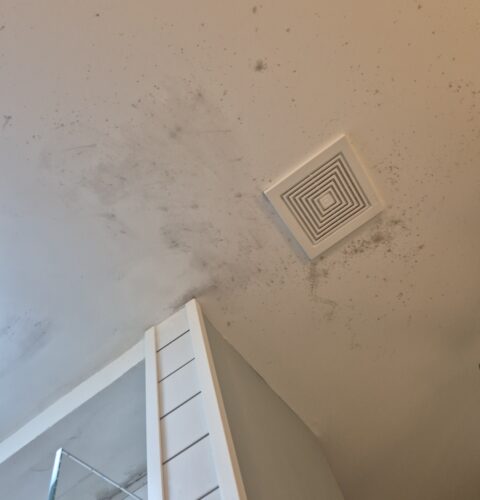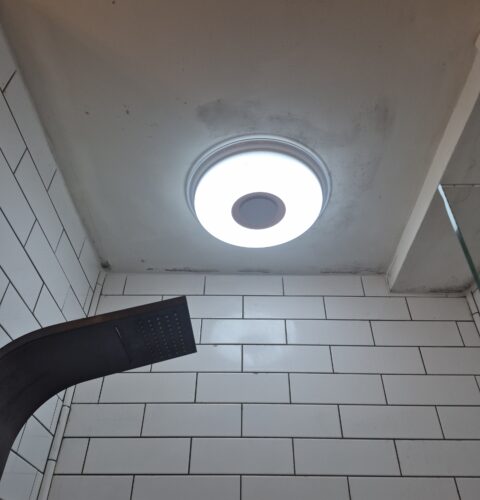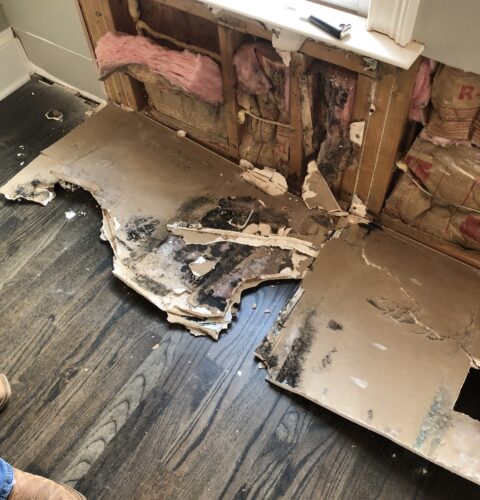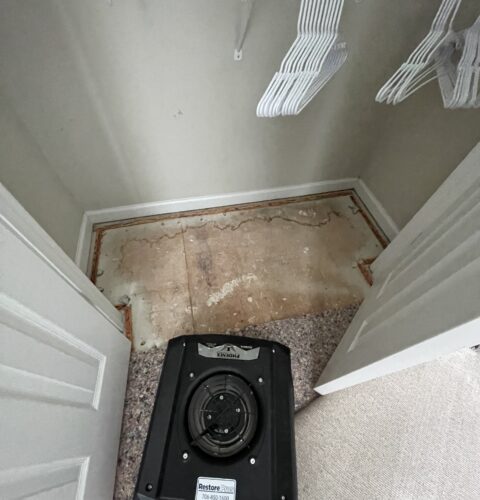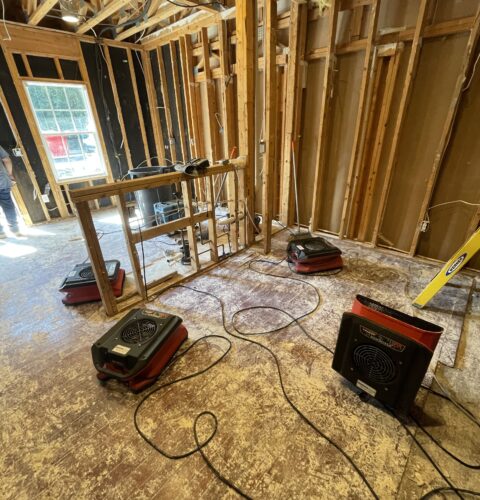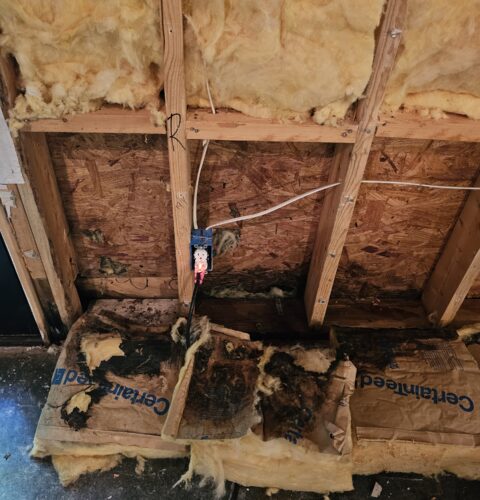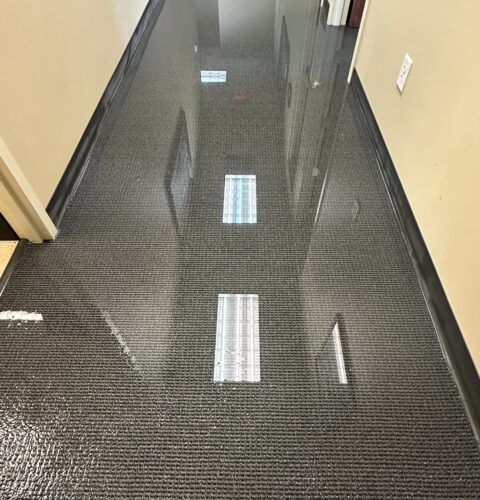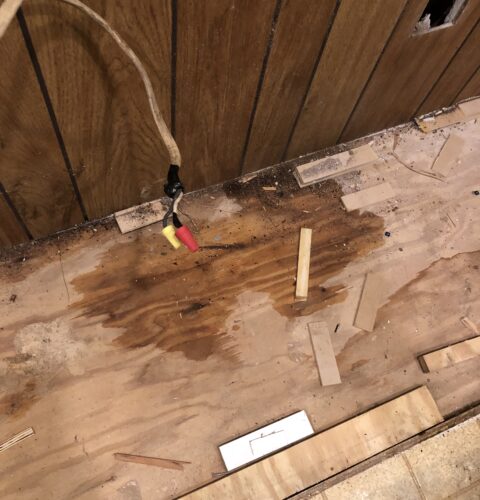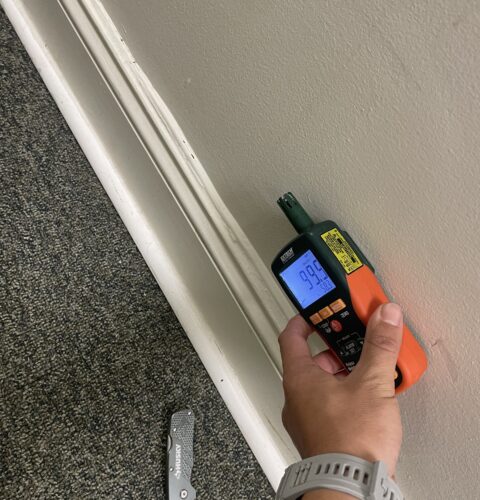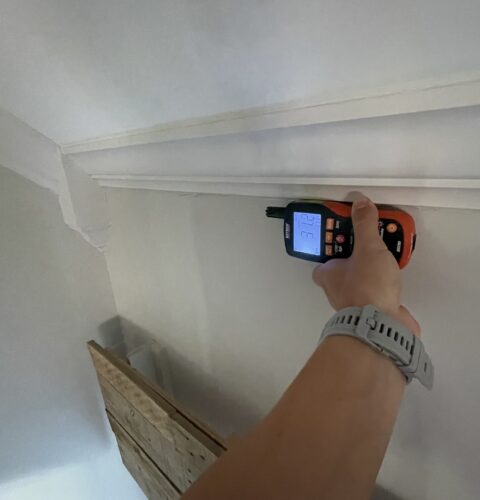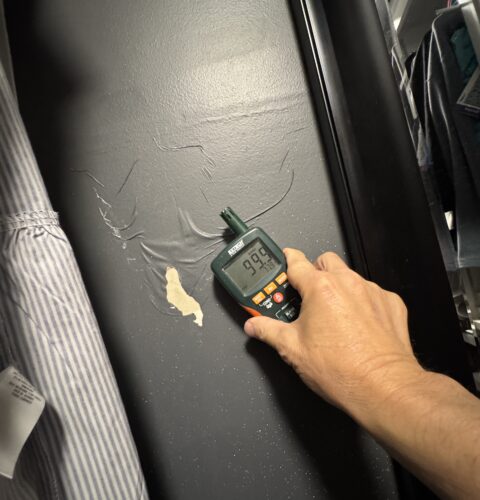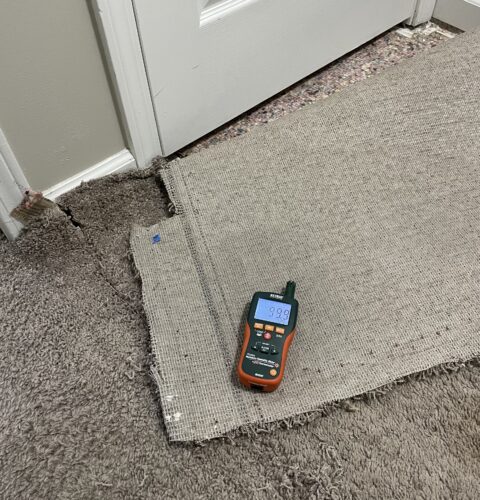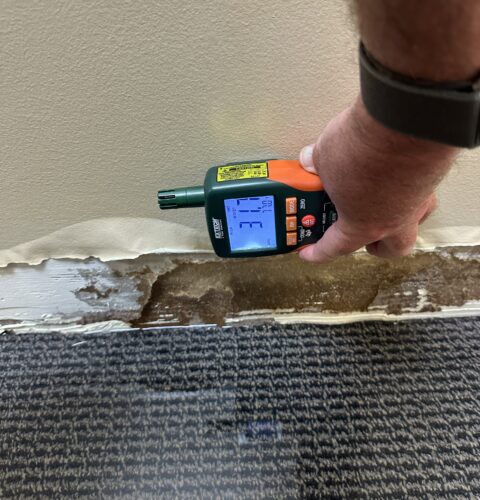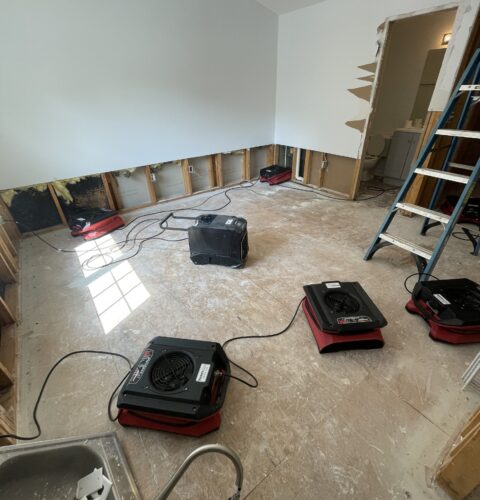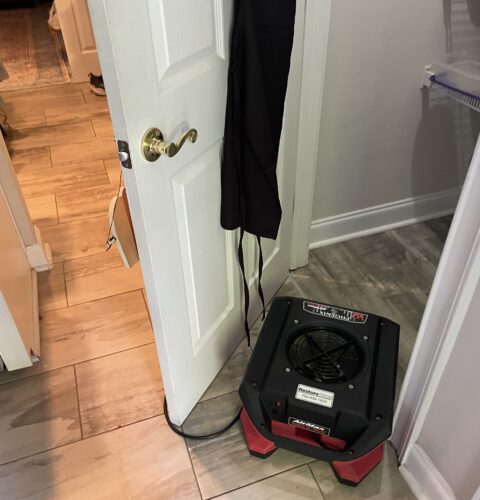Mold is something most homeowners hope to never deal with, but the truth is it often grows where you cannot see it. Hidden mold can quietly damage your home and affect your health without showing obvious signs. That is why learning how to spot the warning signs early is so important.
In this guide, we will walk you through everything you need to know about hidden mold. You will discover the most common places where mold likes to hide, the signs that might mean it is growing behind the scenes, and why mold can still spread even when nothing looks wrong on the surface. We will also explain how to confirm if mold is present and what steps to take if you think your home might be affected.
At Restore Pros, Our Services include professional mold inspection and remediation to make sure your home is safe and free from hidden mold problems.
Whether you are dealing with past water damage or just want peace of mind, this information can help you stay ahead of a problem before it grows. Mold is not just a surface issue. It can impact your health and your home’s structure. Knowing what to look for and when to call for help can make all the difference.
Common Places Where Mold Hides
One of the biggest problems with mold is that it does not always grow where you can see it. You might not notice anything wrong until the damage is already done. Mold often hides in quiet, tucked-away areas of your home where moisture can linger without being noticed.
The cause of hidden mold is moisture. This could come from a small plumbing leak, poor ventilation, or even past water damage that was never fully dried. Areas like behind walls, under floors, inside ceilings, and around air ducts are all prime spots. Bathrooms, basements, laundry rooms, and kitchens are also common because of the high humidity levels.
Mold needs 3 things to grow. First- moisture. Second- a consistent temperature. The higher the temperature, the faster the mold grows. In a 60-80℉ mold takes 3 days to grow. Third- a Food Source. Food is things like wood, paper or textiles.
To reduce the risk, it helps to know where to look. Check under sinks for slow leaks. Look behind furniture near exterior walls. Pay attention to spots with poor airflow. If you had a past leak, make sure it was professionally dried.
The key is moisture control. Use exhaust fans in bathrooms and kitchens. Keep indoor humidity below sixty percent. And if anything looks damp, deal with it quickly. Finding and fixing the source of moisture is the first step in keeping mold from hiding in your home.
Warning Signs of Hidden Mold
You may not see mold growing, but your home often gives little hints that something is not right. Here are some common warning signs to watch for:
- Musty Smell
A strong, damp, or earthy smell is one of the first clues. Even if you cannot see mold, a strange odor often means it is hiding nearby. - Allergies or Breathing Problems
Mold can affect your health. If you or someone in your home has sneezing, coughing, or itchy eyes that get worse indoors, mold could be the cause. - Peeling Paint or Bubbling Walls
Mold loves moisture. If your walls or ceilings have bubbles, stains, or peeling paint, it might be from moisture and mold underneath. - Dark Spots or Patches
You might see dark or fuzzy patches around windows, corners, or baseboards. Even small spots can mean a bigger problem behind the surface. - Past Water Damage
If your home had a leak or flood in the past, mold may have started growing where the water settled.
If you notice any of these signs, it is a good idea to investigate further and contact a professional.
How Mold Can Grow Without Visible Signs
Mold does not always show up in obvious places. It can quietly grow behind walls, under floors, or inside vents without leaving any clear signs on the surface.
Moisture Trapped in Hidden Spaces
After a leak or spill, moisture can get trapped inside walls or under flooring. If these areas are not dried properly, mold can start to grow in just a day or two. Since it is hidden, you might not see it until it becomes a bigger issue.
Poor Airflow and Ventilation
Mold also grows well in places with poor airflow. Closets, crawlspaces, and behind large furniture are common trouble spots. These areas often stay damp and dark, making them perfect for mold.
Humidity Without a Leak
Even without a leak, high humidity indoors can create the right conditions. Bathrooms, laundry rooms, and basements are especially at risk if they do not have good ventilation.
Mold does not need much to grow. Just a little moisture and time are enough. That is why it is important to keep your home dry and check places that are often overlooked.
How to Confirm Mold Is Present
If you think you might have hidden mold, the next step is finding out for sure. Catching it early can help you avoid serious damage and protect your health.
Watch for Clusters of Symptoms
If more than one person in your home has similar allergy-like symptoms, it could be a clue. Pay attention to when the symptoms get worse. If they improve when you leave the house, mold may be present indoors.
Call a Professional
The most reliable way to confirm mold is by calling a mold inspection specialist. They use tools like moisture meters and thermal imaging to find hidden mold. If they find a problem, they will also recommend a safe and thorough mold removal plan.
Professional help ensures the mold is completely removed and does not return. It is the best choice when the damage is beyond what you can handle alone.
What to Do If You Suspect Mold
Suspecting mold in your home can be stressful. You might notice a musty smell, feel unwell indoors, or see small spots on the walls. Even without clear proof, it is important to take action before the problem spreads.
The cause might be a hidden leak, high humidity, or poor ventilation. Sometimes, the damage comes from an old plumbing issue or a past flood that was not fully dried. Even the smallest amounts of trapped moisture can lead to mold over time.
If you think mold might be present, do not ignore it. Start by checking for signs in common problem areas like under sinks, behind furniture, or near windows. Use a dehumidifier to reduce moisture and keep the air dry.
The best solution is to contact a professional mold inspector and mold removal company, they typically work together. They can safely confirm the problem and remove it without spreading spores to other parts of your home. Acting early keeps the issue small, protects your health, and helps your home stay clean and safe.
Conclusion
Hidden mold can be a serious problem, but with the right knowledge, you can stay ahead of it. We have covered where mold often hides, the signs to watch for, and how it can grow even when you do not see it. You also learned how to confirm if mold is present and what steps to take if you suspect it in your home.
The key is to act early. Mold grows fast, especially in damp, poorly ventilated spaces. By spotting the signs and addressing the causes, you can protect your health and prevent costly damage to your home.
If you are unsure whether mold is hiding in your home, do not wait. Restore Pros offers expert mold removal services you can trust. Our team will find the source, clean it up safely, and help you breathe easier.Call Restore Pros today to schedule your inspection and get peace of mind.
FREQUENTLY ASKED QUESTION
Yes, mold often grows in hidden places like behind walls, under floors, or inside vents.
It often smells musty, damp, or earthy, even if there are no visible signs.
Small spots can be cleaned carefully, but hidden or widespread mold should be handled by professionals.
Keep your home dry, fix leaks quickly, and use ventilation in humid areas like bathrooms and kitchens. Keep the bathroom vent on during your shower and for a little while after you shower to suck all the moisture out of the space. You can also make sure to keep the bathroom door open after your shower. Don’t lock the moisture into the space.
